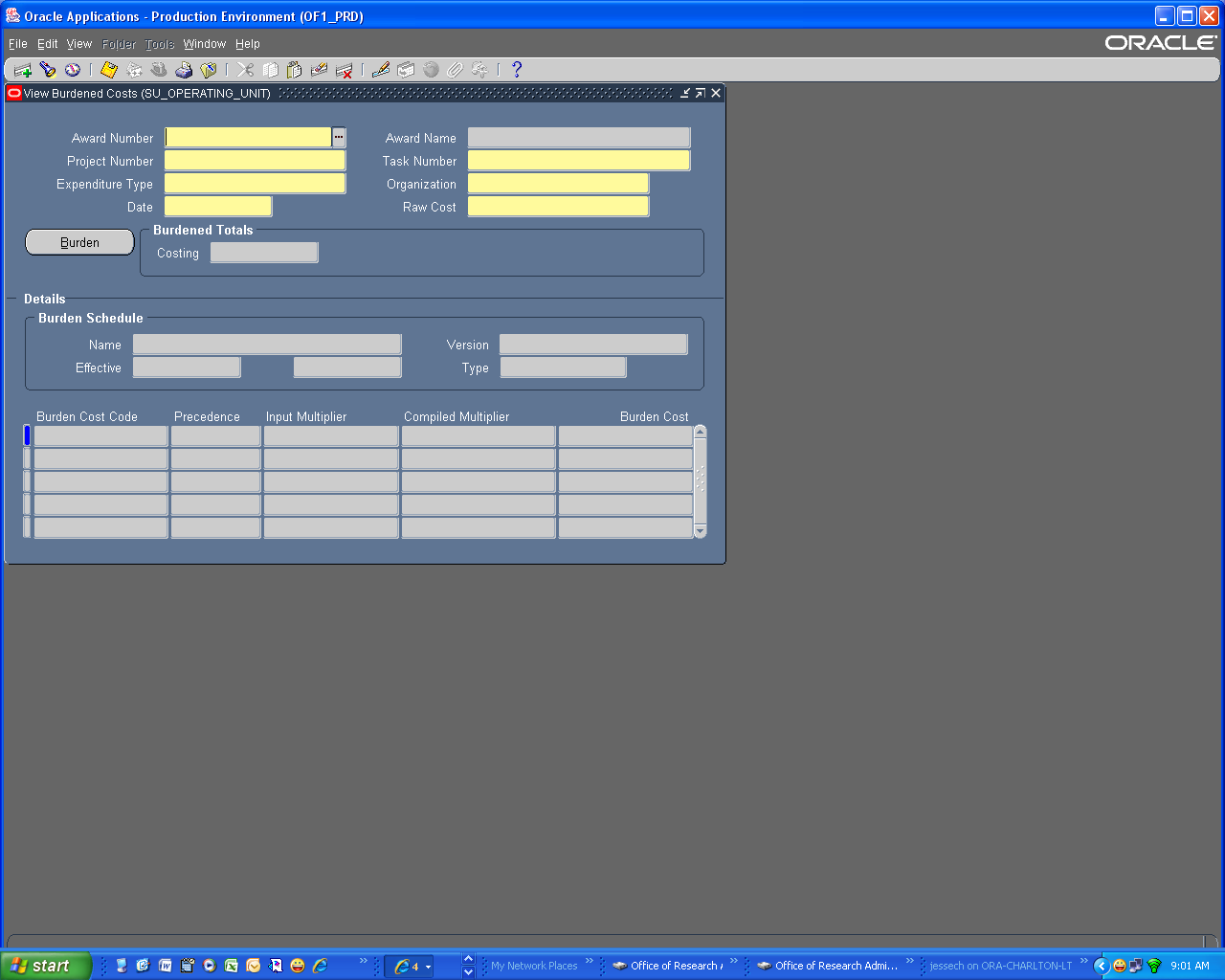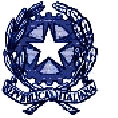1 THE SPINAL COLUMN IS MADE UP OF 33
1 THE SPINAL COLUMN IS MADE UP OF 3310A NCAC 13D 3031 ADDITIONAL REQUIREMENTS FOR SPINAL CORD
18 INTERNATIONAL SPINAL CORD INJURY BOWEL FUNCTION BASIC DATA
ACUTE SPINAL CORD INJURY (QUADRIPLEGIAPARAPLEGIA) THERAPY GUIDELINE GOALS FOR
ANS IN SPINAL CORD INJURY AUTONOMIC DYSFUNCTION IN
APPLICATION FOR INDIANA SPINAL CORD & BRAIN INJURY
1: The spinal column is made up of 33 bones and is divided into how many sections
1: The spinal column is made up of 33 bones and is divided into how many sections?
A: 3
B: 4
C: 5
D: 6
2: Which of the following statements about the nervous system is true?
A: Motor nerves carry information from the body to the CNS.
B: The autonomic nervous system regulates voluntary activities.
C: The specialized nerve endings of each sensory nerve can perceive many sensations.
D: Connecting nerves in the spinal cord connect the sensory and motor nerves of the limbs, forming a reflex arc.
3: A patient with suspected spinal injuries should be immobilized on a short backboard during extrication and then:
A: secured onto a long backboard.
B: secured onto an ambulance stretcher.
C: fitted with foam head blocks.
D: fitted with a cervical collar, followed by placement on the ambulance stretcher.
4: What is the minimum number of EMTs needed to properly log roll a patient who has a cervical spine injury?
A: 3
B: 4
C: 5
D: 6
5: A man is found unconscious, slumped over the steering wheel, after an automobile crash. He regains consciousness and is not able to feel pain in his legs and feet. This finding suggests that the:
A: patient has a hematoma.
B: spinal cord has been injured.
C: cervical spine has been displaced.
D: back has not been seriously injured.
6: The first step in caring for a patient with a severe facial injury is to:
A: Stabilize the cervical spine.
B: Ensure that the airway is clear.
C: Check for bleeding inside the mouth.
D: Apply direct pressure with a dry, sterile dressing.
7: The proper sequence for treating a patient with possible spinal injuries is to maintain the airway in the proper position and then:
A: immobilize the entire body.
B: ask the patient to move as a test for pain.
C: perform a thorough assessment of the body.
D: apply and maintain manual cervical support.
8: Which of the following signs would NOT indicate an underlying head injury?
A: A fractured left femur
B: Bruising around the eyes
C: Blood or fluid leaking from the ears
D: Contusions or lacerations to the scalp
9: Bleeding from the ears and dark discoloration under the eyes following traumatic injuries suggest a:
A: skull injury.
B: cerebral thrombosis.
C: cerebrovascular accident.
D: ruptured tympanic membrane.
10: The meninges act to:
A: protect the heart.
B: surround the lungs.
C: surround and protect the brain and spinal cord.
D: connect the intestines to the abdominal wall.
C
D
A
B
B
A
D
A
A
C
BRAIN AND SPINAL CORD INJURIES INTRODUCTION BRAIN AND SPINAL
BRAIN AND SPINAL CORD INJURY PROGRAM FISCAL YEAR 2010
BSRM BASCIS SPINAL CORD MEDICINE (SCM)COURSE HOSTED BY THE
Tags: column is, column, spinal
- THE DINOSAUR WHO LIVED IN MY BACKYARD QARTEACHER KEY
- 1PLAN DE MEJORA DE LA CALIDAD CON CARGO A
- HARVARD MEDICAL SCHOOL CURRICULUM VITAE DATE PREPARED JAN 31
- Z !&()+0123456789?ABCDEFGHIJKLMNOPQRSTUVWXYZ[]^`ABCDEFGHIJKLMNOPQRSTUVWXY{|}~ROOT ENTRY F0RSUMMARYINFORMATION(DOCUMENTSUMMARYINFORMATION8WORDDOCUMENT? OH+0
- ZÁKLADNÍ INFORMACE POUŽITÉ ZKRATKY RV REKUPERAČNÍ VÝMĚNÍK AIRETHERM TOV
- KOMUNIKAT W SPRAWIE PRZYJMOWANIA DO LECZENIA SZPITALNEGO PACJENTÓW CELEM
- 12151 TÜKETİCİNİN KORUNMASI HAKKINDA KANUN KANUN NUMARASI 6502
- INFORME SOBRE COYUNTURA DE LA CENTRAL ATÓMICA DE BASORDA
- MINISTÉRIO DA PREVIDÊNCIA E ASSISTÊNCIA SOCIAL MPAS INSTITUTO
- LANKIDETZA ETA NAZIOARTEKOTZEARI BURUZKO PROGRAMA 2012 2ARLOA NAZIOARTEKOTZEA
- CRIADOR N CONTROL DE CRIA AÑO VARIEDAD…………………………………………………………………………… FECHA UNIÓN………………………JAULA
- 7 FRAGEN ZUR BETRIEBSGRÜNDUNG DIESE FRAGEN SIND ZUR
- DMHAS COC RENTAL ASSISTANCE PROGRAM BRIEF PARTICIPANT NEEDS ASSESSMENT
- 7 DAY HOME BLOOD PRESSURE MONITORING FORM NAME……………………………… DATE
- PROBABILISTIC GRAPHICAL MODELS IN COMPUTATIONAL MOLECULAR BIOLOGY
- MOCIÓ PER A LA PARTICIPACIÓ DE L’AJUNTAMENT DE TORROELLA
- DISCUSSION OF BRONSON (30 MIN) STEP ONE TAKE
- WHERE CAN I GET HELP ? SIMS NET DOCUMENTATION
- DERMITE DU SIEGE SECONDAIRE À LA FRICTION HUMIDITÉ
- POSTĘPOWANIE NR NR KARTY SZKOLENIA W N I
- N ÚMERO SEIXANTASIS ACTA DEXTINCIÓ DE CONDICIÓ RESOLUTÒRIA ARCÀDIA
- a Brief Tutorial on Maxent by Steven Phillips At&t
- DR CHELLE L GENTEMANN [SHEHER] SENIOR SCIENTIST FARALLON INSTITUTE
- WETTABLE ACRES DETERMINATION CERTIFICATION NAME OF FACILITY FACILITY NUMBER
- VAN SEDNICE UPRAVNOG ODBORA DONETE SU SLEDEĆE ODLUKE
- [MIRTH1848] ERROR MESSAGE AFTER TRYING TO TRANSFER A FILE
- NR INTRARE FRB …………………… NR LICENTA FRB CERERE PENTRU
- 1 60 Jahre cjd in Elze das Christliche Jugenddorfwerk
- EL JUEGO DE LAS PATENTES II A TRAVÉS DE
- 7 TEMA PALŪKANŲ NORMOS IR OBLIGACIJOS 20211101 2 PSL
ÇERÇEVE ANLAŞMA İHALELERİ UYGULAMA YÖNETMELİĞİ RESMİ GAZETE SAYISI 27159
CANCELLATION NOTICE TO THE VALE OF GLAMORGAN COUNCIL
TALLER DE EMPLEO “VIVE LA PIEDRA TRABÁJALA” (VILLAFRANCA DEL
 navodila-za-komuniciranje-vsebin-2014-2020_1-sprememba_koncno
navodila-za-komuniciranje-vsebin-2014-2020_1-sprememba_koncno SERVICIO DE CALIDAD UCAV ANEXO 2 INFORME DE LOS
SERVICIO DE CALIDAD UCAV ANEXO 2 INFORME DE LOS ALCALDÍA DE POPAYÁN FGCCT18 CONTRATO PRESTACION DE SERVICIOS VERSIÓN
ALCALDÍA DE POPAYÁN FGCCT18 CONTRATO PRESTACION DE SERVICIOS VERSIÓNCURRICULUM COMMITTEE TERMS OF REFERENCE THE GOVERNING BODY AT
NEFROPATÍA CRÓNICA (CKD) UN GUÍA PARA PACIENTES 17 SEPTIEMBRE
 VOLUNTEER ROLE DESCRIPTION ROLE TITLE VOLUNTEER FOOTBALL COACH LOCATIONS
VOLUNTEER ROLE DESCRIPTION ROLE TITLE VOLUNTEER FOOTBALL COACH LOCATIONS A COMPARISON OF THE FOURSTEP VERSUS TOURBASED MODELS IN
A COMPARISON OF THE FOURSTEP VERSUS TOURBASED MODELS IN AN OVERVIEW OF BURDENING IN ORACLE GRANTS ACCOUNTING AUGUST
AN OVERVIEW OF BURDENING IN ORACLE GRANTS ACCOUNTING AUGUST CORTE COSTITUZIONALE UFFICIO STAMPA SENTENZE DEPOSITATE IL
CORTE COSTITUZIONALE UFFICIO STAMPA SENTENZE DEPOSITATE ILBENNETT SCHOOL 20192020 SCHOOL SUPPLY LIST KINDERGARTEN RECOMMENDED SUPPLY
 ARRIVAL INFORMATION ARRIVAL DEPARTURE BY AIR THERE
ARRIVAL INFORMATION ARRIVAL DEPARTURE BY AIR THEREROUTEBESCHRIJVING NAAR AMSTERDAM KEIZERSGRACHT 105 MET DE AUTO VANUIT
MATÚŠOVÁ JANA (1960 JILEMNICE) ONOMASTIKA ZAMĚŘENÍ NA ČESKONĚMECKÉ VZTAHY
EMBERI ERŐFORRÁS TÁMOGATÁSKEZELŐ ÚTRAVALÓ ÖSZTÖNDÍJPROGRAM EGYÉNI ELŐREHALADÁSI NAPLÓ A
DOCUMENTOS DE APOYO PARA LAS RESPUESTAS AL WEBTRABAJO Nº
3 DECISION 736 PLANES ESTRATÉGICOS NACIONALES PARA EL DESARROLLO
THIS PAGE SHOULD BE USING THEME ARCTIC WHICH CANNOT